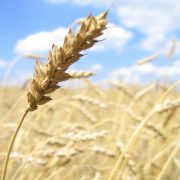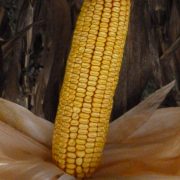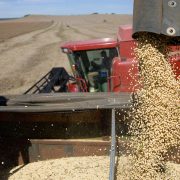American corn resurfaces with the potential of wild varieties
By Luis Bringas
Although Mexico is the center of origin, there are more than 400 breeds of corn scattered in the United States, Guatemala, Honduras, Cuba, Venezuela, Colombia, Peru, Brazil, Chile, Argentina and Uruguay.
In recent years, the production of corn in the world, has surpassed more than 800 million tons, making it the most economically important cereal for humanity. Genetic versatility of corn, produces not only traditional foods for human and animal consumption, but also products for the cosmetics industry, the pharmaceutical industry, as a genetic marker in biological laboratories and more recently as a source of biofuels.
Thanks to recent research from the University Antonio Narro, located in Saltillo, Coahuila; the University of Guadalajara and the National Institute of Forestry, Agriculture and Livestock (INIFAP), between 2002 and 2016, has managed to collect more than 6.000 maize samples and almost 500 samples of wild maize known as Teosinte and Tripsacum (gama grass), which represent a genetic resource of great value for their resistance against diseases, pests, high temperatures and drought.
In addition to its value as fodder plants, wild corn stand out for their apomíciticas properties (asexual reproduction through seeds), which can be incorporated into the new hybrids evaluated at the National Center for Genetic Resources of the INIFAP, located in Tepatitlán, Jalisco, where there are records of a total of 8.992 accessions of maize varieties, among which breeds Tuxpeño, conical tapered northern, Olotillo, conical western corn.
One purpose of the recent research was to evaluate changes in the genetics of native corn, when compared with the collections made over 65 years ago by researchers E.J. Wellhausen, L. M. Roberts and E. Hernandez X., in collaboration with P.C. Mangelsdorf in 1951 when they published the work Races corn in Mexico, its origin, characteristics and distribution.
Through investigations, more accurately you can determine the effects of climate change and follow up studies were conducted in Central America, Cuba and Colombia (1957), Brazil (1958), Bolivia (1960), Peru and Chile (1961), Ecuador and Venezuela (1963).
INIFAP researchers, Alejandro Corona Ortega, Manuel de Jesus Preciado Guerrero Herrera and Ricardo Ortiz, report that the identification of American corn varieties totaling more than 450 races of maize. They are recorded in Argentina (47), Uruguay (10), Paraguay (8) and United States (16).
Therefore they emphasize the importance of exchanging information to maintain genetic diversity of maize in the Americas and to address the needs that we are been forced by the rapid population growth, climate changes and changes in land created by extreme erosions. The call of the companies within biotechnology, say researchers, not be enough to meet the challenges of Latin America to become the global pantry, if alliances are not made to support genetic diversity in the countries of Iberoamerica.
















